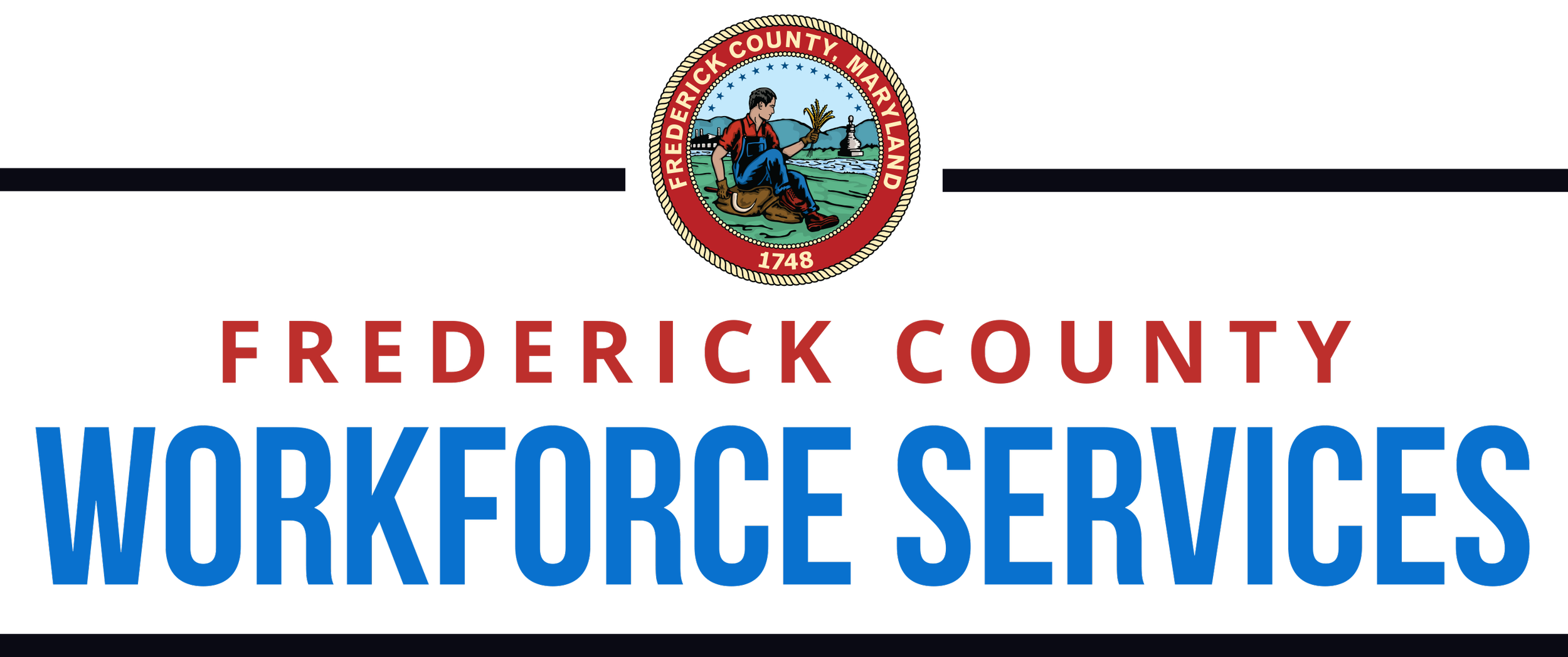Does Artificial Intelligence Support Fair Hiring?
By Max Douge
For as long as businesses have been hiring, there have been biases associated with the hiring process, whether it’s been done consciously or not. It isn’t difficult to imagine candidates being liked or disliked for their looks, their accent, the school they attended, or the perception that prior work experience with a particular employer carries more weight. So it stands to reason that replacing inherent human biases with artificial intelligence (AI) is a solid solution for a fair hiring process. But is it?
While AI software tools can’t effectively determine if a job seeker looks like the right candidate (though, it’s been attempted), they can be built in a manner to unintentionally limit a candidate’s opportunities. For example, there is a vast shortage of women in computer fields, including AI. Programming software to eliminate gender bias likely can’t meet the standard it should when women are not contributing their perspective to the development of the software. The same argument can be made for cultural biases when segments of our population are not included as part of the AI development process. While the bias may not be overt or intended, even subtleties can still lean toward predictable outcomes.
In 2018, Amazon, one of the world’s top tech companies, realized an AI recruitment tool they were using had shown bias against female applicants. They strived to automate their hiring process, similar to their e-commerce operations, but data and language used in their programming proved to not be gender-neutral. Check out Reuters 2018 article, “Amazon scraps secret AI recruiting tool that showed bias against women” for details.
“For many years, employment laws have provided guidance for better hiring practices. It’s equally important we develop the technology that can now go hand-in-hand with these laws to continually improve hiring processes. ”
I don’t want to imply that we should scrap the progress that’s been made and continues to be made. Rather, it’s to acknowledge how much better our systems can become with the right adjustments. It’s also to stress the importance of inclusion in technology, pulling from a wider pool of talent to develop tools that better reflect the standard we’re trying to achieve. Lastly, while efforts have improved over the past couple of decades, more boys and girls in middle schools and high schools should receive increased exposure to STEM fields, including AI, in order to strengthen future talent pools.
For many years, employment laws have provided guidance for better hiring practices. It’s equally important we develop the technology that can now go hand-in-hand with these laws to continually improve hiring processes.
Here are some additional thought-provoking articles for more information:
“Coronavirus exposed bias in hiring and one startup wants to change it”: https://sifted.eu/articles/coronavirus-bias-hiring/
“Here’s why AI needs a more diverse workforce”: https://www.weforum.org/agenda/2020/09/ai-needs-diverse-workforce/
“Workplace facial screening is a bad idea”: https://www.hawaiitribune-herald.com/2020/09/21/opinion/workplace-facial-screening-is-a-bad-idea/

